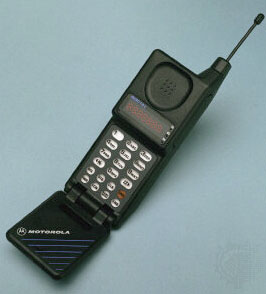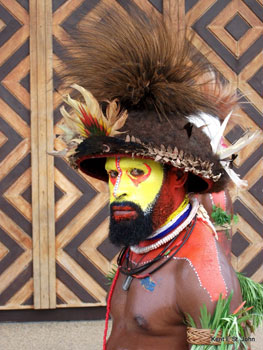 Much of the problem for wireless users is to anticipate that their wireless operator supports the geographic coverage that the user needs and expects. Sadly, these requirements often change.
Much of the problem for wireless users is to anticipate that their wireless operator supports the geographic coverage that the user needs and expects. Sadly, these requirements often change.
Our family's first wireless phone was an old Motorola analog flip phone with a cigarette lighter power charger. It sat in the glovebox of our Toyota Previa van in the event of family emergencies. It gave my wife a better sense of security knowing that she could call for help if stranded on the side of the road. The only time I remember using it was when the 'maintenance required' light went red on our dashboard. We were just driving west from Hope Arkansas (home of President Clinton) towards Dallas. I called the dealer, who told me it was time for an oil change but nothing serious. That call cost about $4.
Our second mobile phone was a Sprint PCS digital phone that I purchased and got my employer to reimburse me in 1995. About the size of a TV remote, it was all-digital. I got 1,500 minutes for $99 which was amazingly cheap for the time (and is a pretty good deal even today). Fast forward to 2004, and I discovered while traveling through southern Canada, that my college-aged daughter's phone (on T-Mobile) worked great while my Sprint phone couldn't get a signal. Arghhh.
So after settling down in Northborough MA, we swapped out the service for T-Mobile and signed up the other kids in the family to a family plan. Signal strength matters and as my anecdote points out, users can change their operators as a result.
Wired magazine executed a really interesting survey using a Zeemap : asking iPhone subscribers to report their 3G signal strengths. Interestingly, some 2600 people around the world participated. Brian Chen also reported the highlights on network performance:
T-Mobile Germany users had the highest throughputs anywhere, followed by Rogers and Fido in Canada.







